The
Island
Fox
story of a species
Scroll to learn

story of a species
Scroll to learn

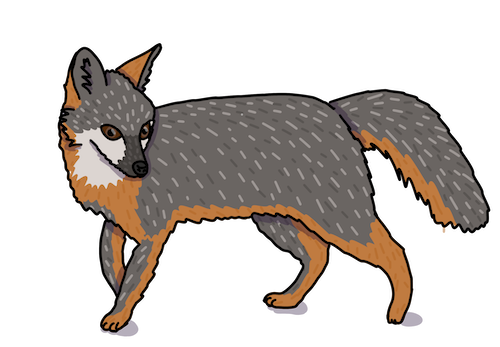
18,000 years ago, gray foxes came to the islands.
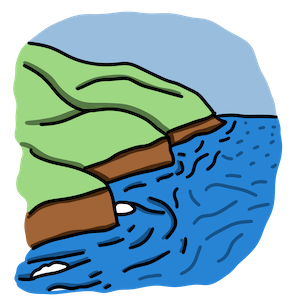
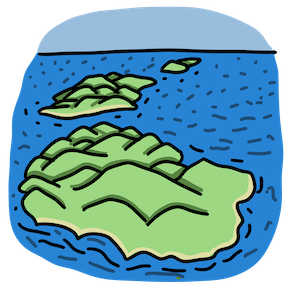
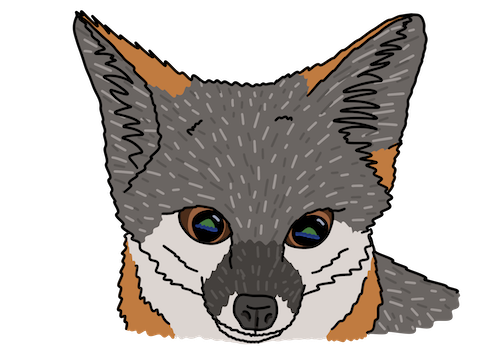
There are two main theories about how they got there:
1. They floated on a raft of debris during a storm.
2. The Chumash people brought them by boat.
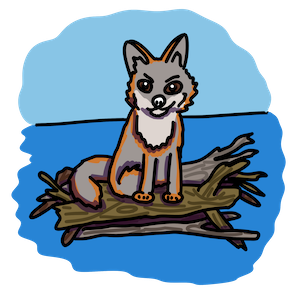
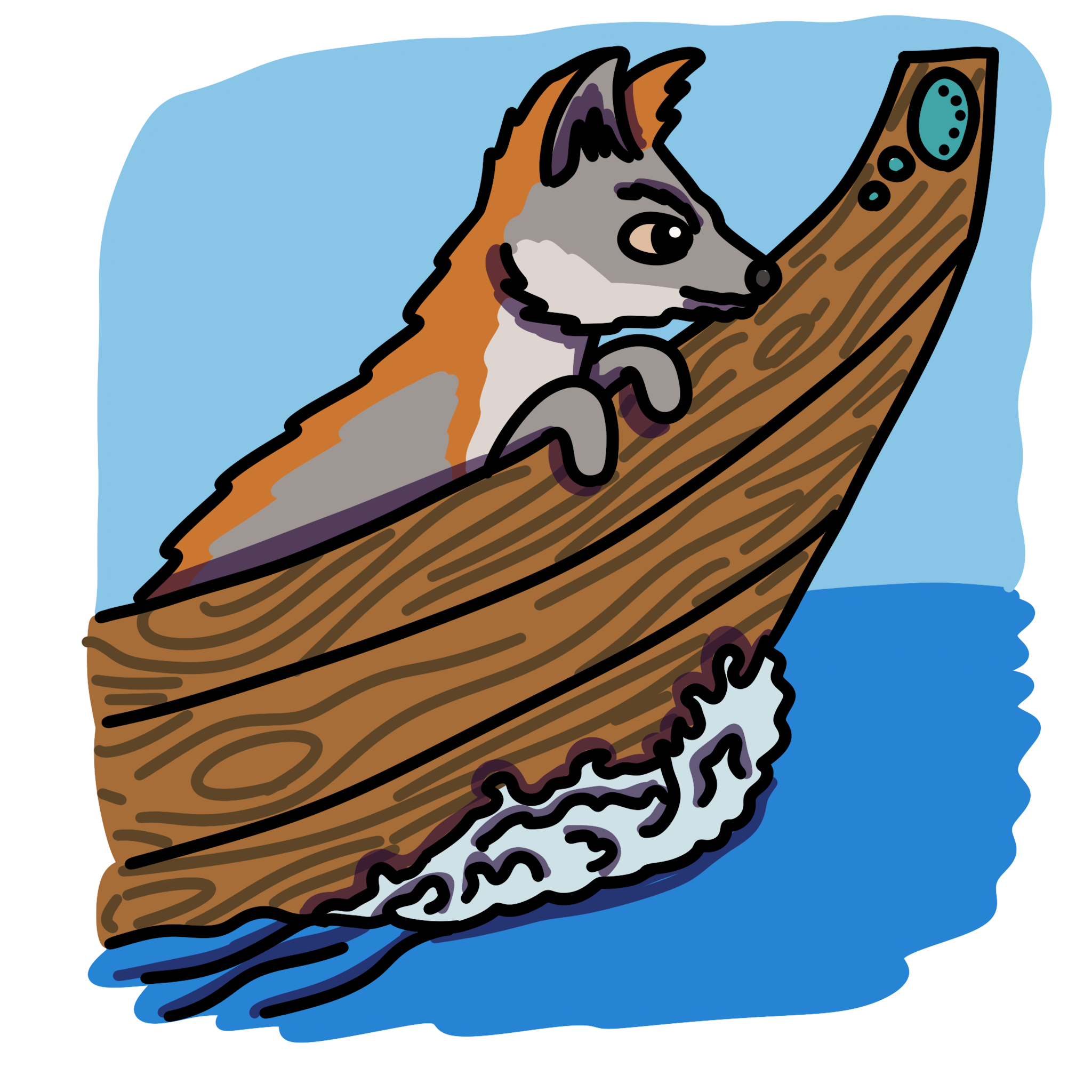
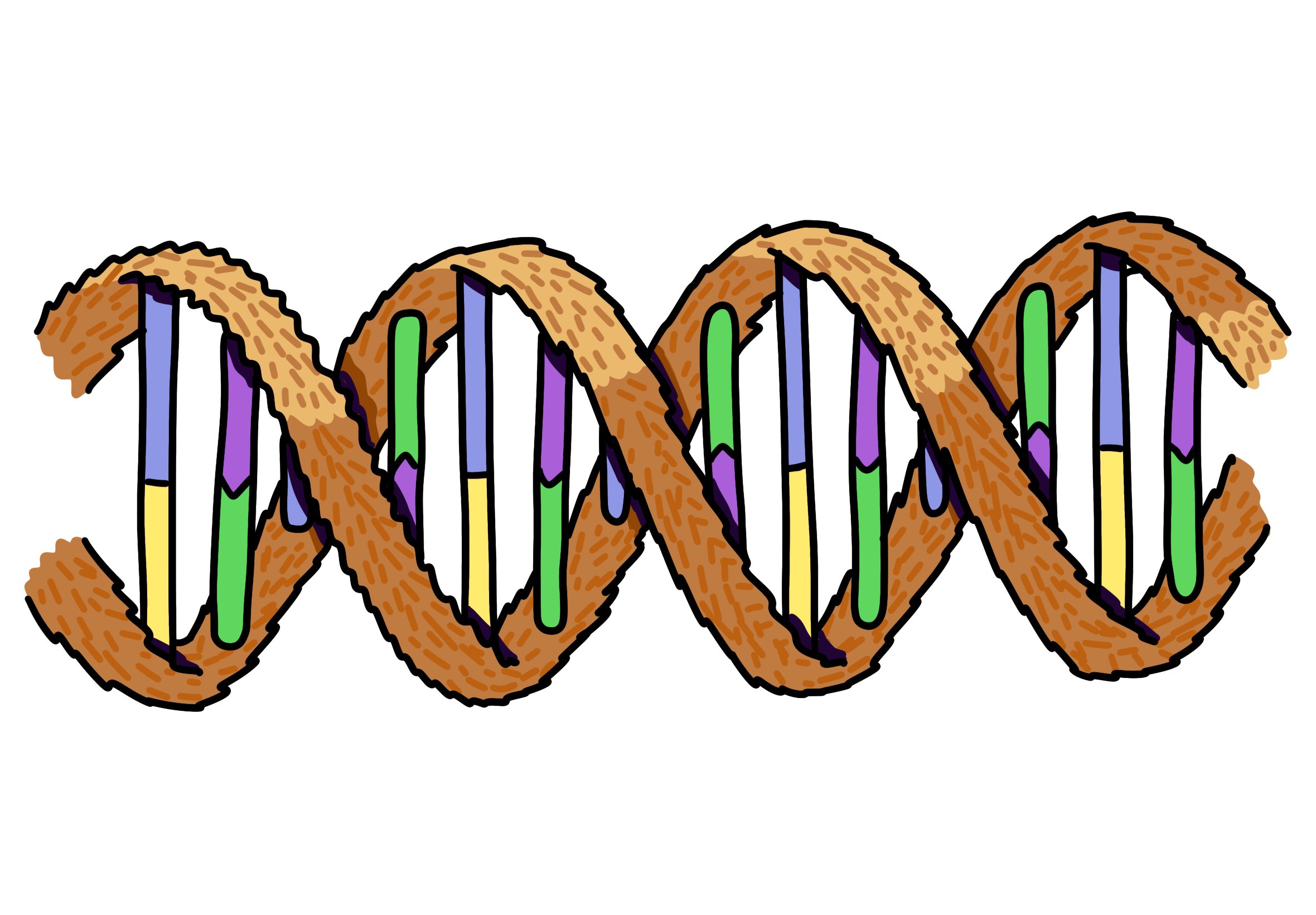
Over time the gray foxes evolved to be smaller, eventually becoming their own distinct species.
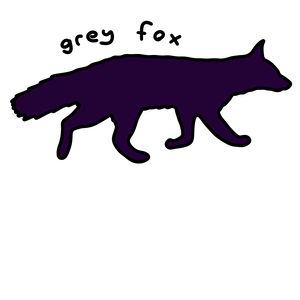

For thousands of years these foxes roamed the islands unopposed. They shared apex predator status with the bald eagle, which preferred seafood.

Factories near Los Angeles dumped the chemical DDT into the ocean.

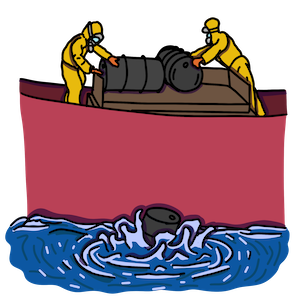
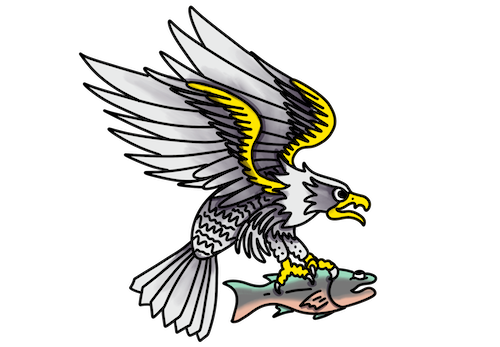
Bald eagles on the islands ate fish full of DDF,
and were poisoned.
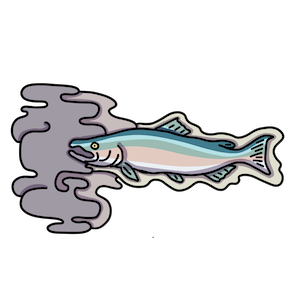
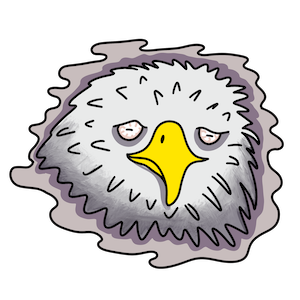

With the bald eagles gone, golden eagles came to the islands. Unlike the bald eagles, the goldens liked the taste of fox.
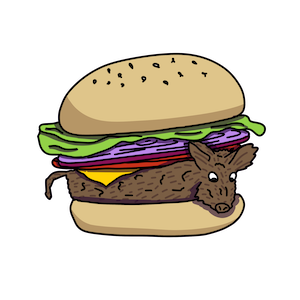
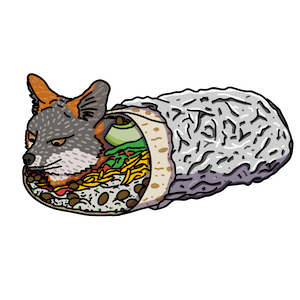
Fox numbers plummeted until there were less than 100 left, landing them on the Endangered Species List. This sparked a historic multi-agency effort to bring them back from the brink.
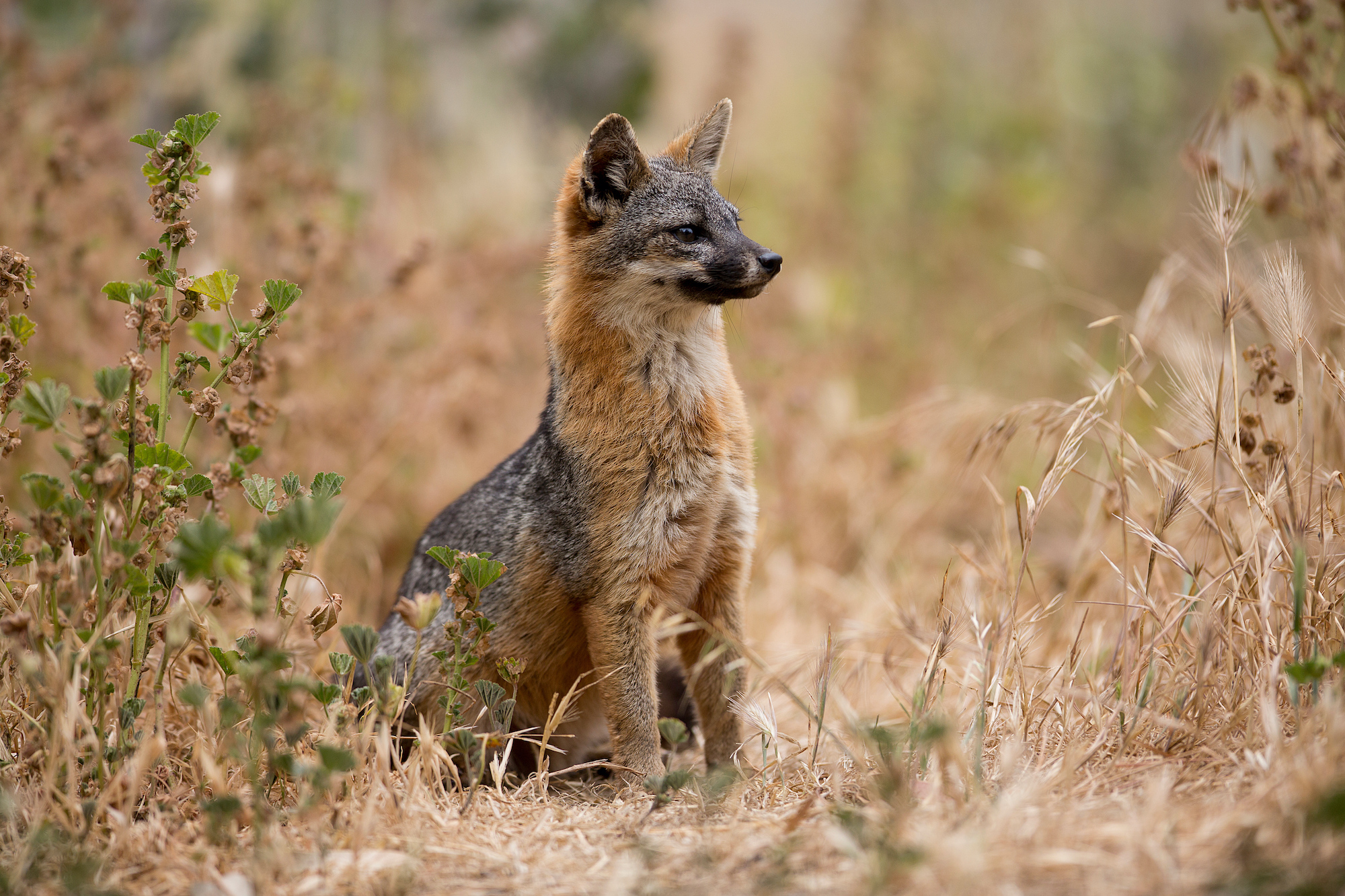
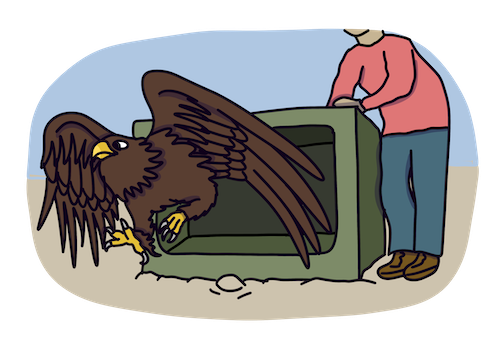
First, the golden eagles were trapped and relocated.
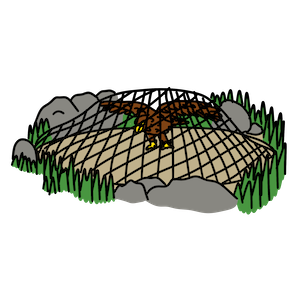

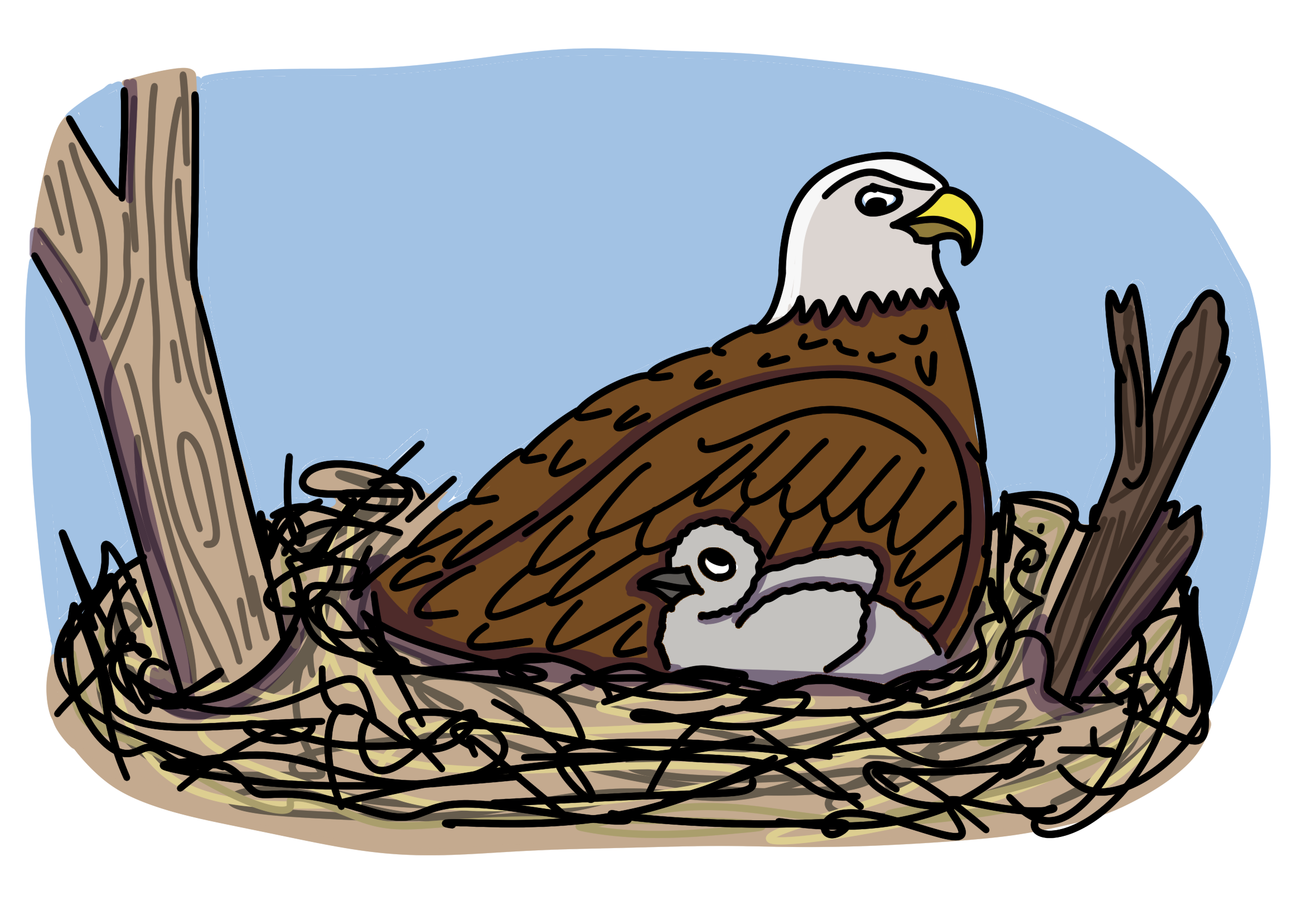
DDT was banned, and bald eagles were reintroduced.


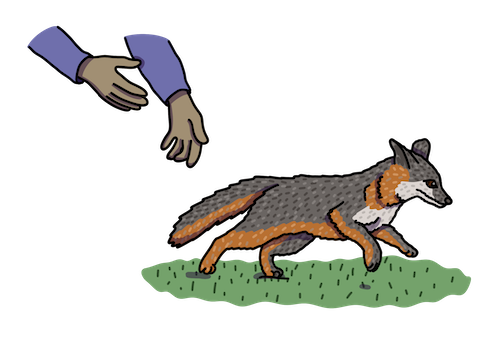
The remaining foxes were bred in captivity and then reintroduced to the islands.
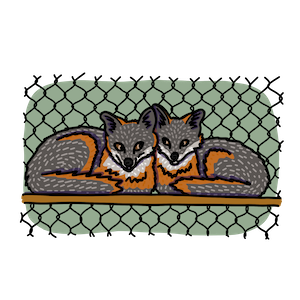

After this massive conservation effort, the fox bounced back. Its numbers are now back to pre-decline levels, making this the fastest species recovery in the history of the Endangered Species Act.
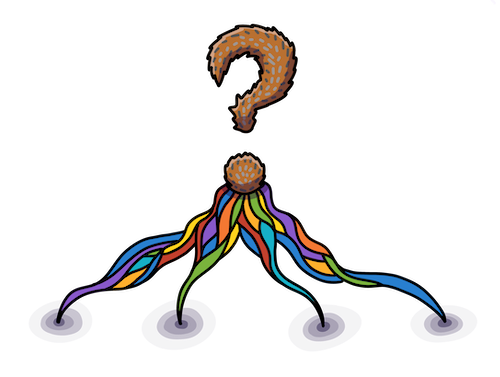
Today scientists continue to monitor the island fox population. They vaccinate the foxes against disease. They keep an eye out for new threats. The island fox has taught us that while we can cause harm to the planet, we can also help fix it. Check out how we are continuing to ensure a future for the island fox:
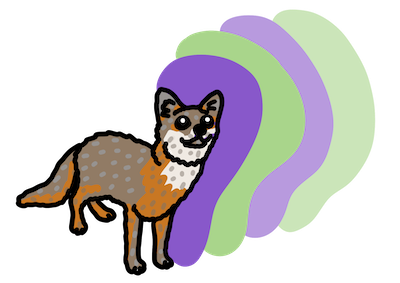
Go to the Santa Barbara Zoo to see foxes IRL. Zoos keep populations of threatened species to breed captivity if their populations drop like the fox’s did.
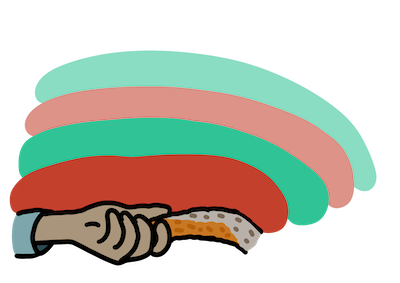
Visit Friends of the Island Fox to see how the fox is doing today, and learn how your school can become Island Fox Ambassadors.
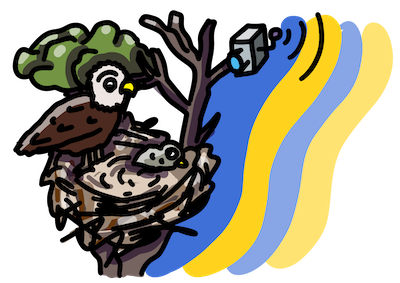
Check out the island fox’s bald eagle protectors on the National Park Service eagle cam. If you are lucky, you might even see a chick leaving the nest!